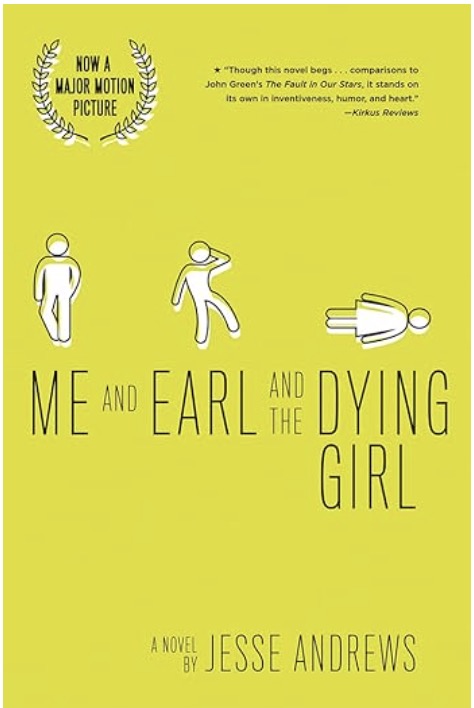Tag: Wayland A-Z
‘Wayland A to Z’: ‘V’ is for ‘Vokes Theatre’
Wayland Town Crier 10/14/10: 'Wayland A to Z': 'V' is for 'Vokes Theatre'. For more than a century, Wayland has had its very own theater for the performing arts. In the beginning, attendance was by private invitation only. Today, one can purchase a ticket and enjoy quality theater in a setting that has changed very little over the past one hundred years. The theater at 97 Boston Post Road and the old Hayward homestead at 101 Boston Post Road still stand on their original sites.
‘Wayland A to Z’: ‘U’ is for ‘Underground Railroad’
'Wayland A to Z': 'U' is for 'Underground Railroad'. Now and then tales circulate in Wayland about slaves having been hidden in one or another of the town’s older homes. Mysterious and seemingly perfect hiding places appear under stairwells or in basement niches, which help to make the stories believable. As yet, however, no house in Wayland can be documented as part of the Underground Railroad. We can only keep hoping that at some point a written document will emerge from a still undiscovered treasure trove of papers to shed new light on the subject. What we do know conclusively is that some Wayland people were supporters and contributors to the Underground Railroad and the abolitionist cause.
‘Wayland A to Z’: Last section on ‘Town Historians’
Wayland Town Crier 9/3/10: 'Wayland A to Z': Last section on 'Town Historians' covers John C. Bryant.
‘Wayland A to Z’: More on ‘Town Historians’
Wayland Town Crier 8/19/10: 'Wayland A to Z': More on 'Town Historians', Helen Fitch Emery and George K. Lewis.
‘Wayland A to Z’: ‘T’ is for ‘Town Historians’
Wayland Town Crier 8/13/10: 'Wayland A to Z': 'T' is for 'Town Historians'. Throughout the 17th century, townspeople had struggled to survive – hefting stones from fields, replacing them with crops, fighting a war with Indians, and establishing a town government.
‘Wayland A to Z’: ‘T’ is for ‘Town Halls’
Wayland Town Crier 8/6/10: 'Wayland A to Z': 'T' is for 'Town Halls'. When Deacon James Draper contracted to build the first town hall building…
‘Wayland A to Z’: ‘T’ is for ‘Taverns’
Wayland Town Crier 7/30/10: 'Wayland A to Z': 'T' is for 'Taverns'. Local taverns were the centers of a town’s social and political life during the 17th century. The original Sudbury settlement had many taverns. The first was established in 1653 by Jonathan Parmenter, who petitioned the General Court to open an ordinary on his land along the road leading from the early town center on Old Sudbury Road to the mill on Mill Pond. It was not only a resting place for travelers, but served as the local meeting place where farmers socialized and townsmen met to decide the future of the community.
Please be aware that many links on our site will take you from WaylandeNews. We are not responsible for content on other websites.










